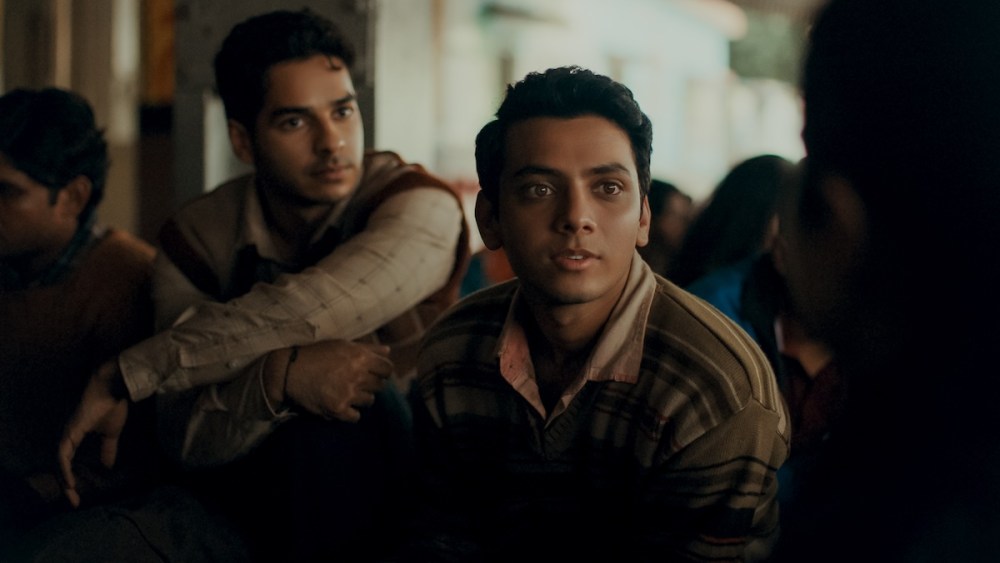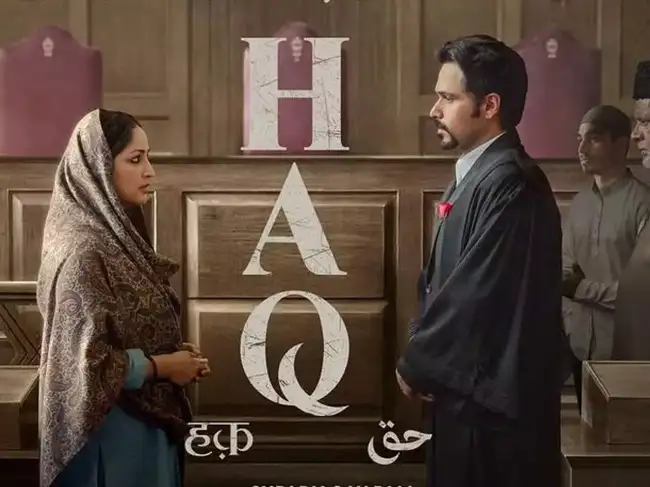The pandemic of COVID-19 carried alongside a distinctive social norm, for the world, of social distancing. The act of maintaining a feasible distance would have lessened your chances of coming in direct contact with the virus. This practice of social distancing was not anything new for contemporary Indian society. There exists the practice of untouchability in Indian society; even when Article 17 of the Indian constitution abolishes the same practices. The untouchables or Dalits have been enduring this social ostracisation since lineages. The peculiarity of the South Asian sub-continent i.e. the existence of the Hindu caste system, stems its root in the idea of purity and pollution.
The pandemic times resurfaced the historical traumas and unveiled a more complex and grievous scenario. The migrant workers and the marginalised section of the society grappled to sustain the breadths of their lives, dwindling between the horrors of the virus and the negligence of the State.
In many ways, these are not just academic nuances or statistics, these are the real life stories, one such portrayed in Homebound by Neeraj Ghaywan. Homebound is a story about two friends, named Shoaib and Chandan, one of the many invisible realities, who were left to walk the long road home, carrying not just their belongings but centuries of stigma and neglect.
Neeraj Ghaywan’s Homebound, with Ishaan Khatter, Vishal Jethwa, and Janhvi Kapoor in central roles and Martin Scorsese attached as executive producer, is not just another pandemic drama but a layered meditation on inequality and memory. Adapted from Basharat Peer’s New York Times essay “A Friendship, a Pandemic and a Death Beside the Highway“, the film premiered in the Un Certain Regard section at Cannes 2025 before travelling to the Toronto International Film Festival, situating itself firmly on the global festival map. Recently, it was announced as India’s official entry to the 2026 Academy Awards in the Best International Feature Film category. Released in Indian theatres on 26 September 2025, Homebound has quickly established itself as one of the most significant cinematic reflections on the pandemic and its human costs
Character arcs and narrative premise: the journey of Shoaib and Chandan
The film focuses on Ishaan Khattar and Vishal Jhetwa playing the roles of Muhammad Shoaib Ali and Chandan Kumar, childhood friends, who want to change the fate of their families, who are doing odd and daily wage work to make ends meet. The two friends have aspirations to be in the police force and despite their circumstances, work hard to achieve their goals. The people they meet along the way, including Sudha Bharti, played by Janhvi Kapoor, and how responsibilities often outweigh individual ambition, with the unpredictable timings of the global pandemic forms the basic premise of Homebound.
Directed by Neeraj Ghaywan, the performances of the supporting cast are absolutely spectacular. Each family member brings their own pain. Shalini Vats as Chandan’s mother adds so much emotional depth to the film. Even Janhvi Kapoor, in her brief appearance as Sudha, someone that gravitated towards the simple nature of Chandan, has a charming presence. Her interactions with him on the screen brings a sense of warmth and tenderness.
Directed by Neeraj Ghaywan, the performances of the supporting cast are absolutely spectacular.
Eventually both end up in Surat but the pandemic hits. All factories are shut, and they must find a way back home across thousands and thousands of miles to their village. With the negligible aid and assurance from any institution, both of them initiated their journey back to their places on foot. It is while traversing this ceaseless journey with barely anything, Chandan loses his grip over his life.
An ambulance arrives only after Chandan’s death, a haunting illustration of how the State and its agencies systematically overlook the lives of migrant workers, rendering their struggles invisible until tragedy strikes.
Lines of division: caste, Islamophobia, and social inequality in Homebound
Ghaywan ought to be applauded for presenting the lives of the marginalised with such courtesy. Homebound is able to carve a mark in the banality of cinema, and provides a nuanced image of the intricacy abundantly available in the Indian society.
The film critically engages with the deep-seated Islamophobia embedded within our society. The daily “normalised” conversation around their identity, equating allegiance of Indian Muslims to the Pakistani State and questioning their adherence to their institutions efficiently portrayed how the Indian State and its structures have relegated Muslims to the position of second-class citizens within their own country. For instance, when Shoaib joins the new office as a helping staff, he is asked by one his senior to not fill his water bottle. Further, the same man asks Shoaib to submit the Adhaar Card of all the family members in order to get an assurance of employment.
For instance, when Shoaib joins the new office as a helping staff, he is asked by one his senior to not fill his water bottle.
In the mundaneness of contemporary Indian cinema, which is actively working to dismantle the social fabric through divisive films, Homebound stands out against a stream and questions the very Islamophobia which is pertinent and perennial in Indian cinema.
Homebound compellingly addresses another entrenched discriminatory practice within the Indian State i.e caste-based exclusion. The film powerfully illustrates how the grip of caste discrimination forces Dalit communities into alienation, estranging them even from their own identities. In a very nuanced and intricate manner the story is able to establish that even the minutest act of asking someone’s name twice is a practice of discriminating between the alleged “pure” and “polluted” section of the society. Chandan was in a continuous battle to locate his identity in the complex social setting.
Instances like the termination of Chandan’s mother from her employment of preparing meals for school students owing to her identity, equating reservation with the economic benefits for marginalised and many more vividly portrayed the deeply entrenched casteist outlook. Very few films have been able to offer an authentic depiction of how casteism is practiced in India, and Homebound is certainly one among them.
Dreams amidst delay: aspirations in a failing system
The film begins with a platform full of the aspirants running across the railway lines in hope of securing a government job. The theme of the inefficacy of the State to provide bare minimum to its subject runs parallel to the storyline. Numerous films around the success stories of UPSC and JEE float the cinema market. Homebound establishes a dire reality of the aspirants, who just appear as the statistics on the records but rarely make it to the headlines. Homebound is an appropriate interrogation in the face of the failing State which is not able to even conduct examination securely and with sanctity. Numerous paper leaks, stays on the results and delays in declaring results are the inevitable realities of such aspirants.
Bonds that endure: friendship and human resilience
Transcending many more themes, the one which captures the eyes, heart and soul of the audiences is the human friendship. The characters of Shoaib and Chandan beautifully encapsulates the human-like virtues and evidently portrays a constant demand of a human shoulder. The last scene, wherein Shoaib hands over slippers to Chandan’s mother post his demise, leaves an indelible impact on the audience.
Homebound serves as a reminder in the alleys of propaganda films; a reminder of suffering, social ostracisation and the receding back of the modern State. It refuses to omit out the harsh realities; lived realities of the marginalised sections, compelling the viewers to confront the uncomfortable truths. Through its nuanced storytelling and vivid portrayal of human struggle, the film not only puts forward the human agony but also attempts to evoke empathy, reflection, and a call for social accountability. In doing so, it firmly establishes itself as a significant cinematic commentary on inequality, resilience, and the urgent need for systemic change.
About the author(s)
Harsh Bodwal teaches Social Science and English at a CBSE-affiliated school and holds an MA degree in Political Science from Jawaharlal Nehru University. His research explores how caste, patriarchy, and capital intersect with the various institutions to shape and often constrain democratic processes.









